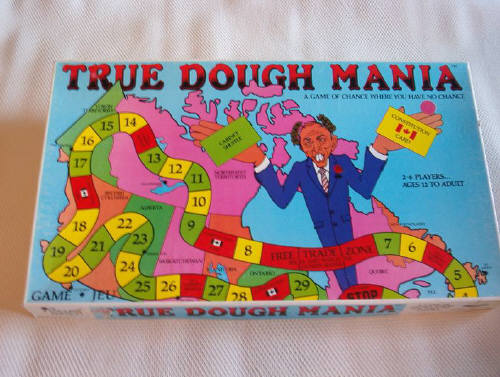The Globe and Mail reports that “British Columbia's highest court has ruled that tobacco companies outside of Canada can be defendants in the province's claims that cigarette manufacturers should be held liable for health-care recovery costs.” B.C. Courts now have jurisdiction over foreign parent tobacco companies, although whether anything is actually enforceable abroad remains to be seen.
Perhaps there's an interesting twist to this story. This is a bit of an aside but it's something I've been pondering.
The increased pressure on tobacco companies that has occurred since the 1950's has created externalities unrelated to the health of the population. As pressure on tobacco companies increases, their profits are redistributed to PR companies, insurance companies, etc.
Tobacco giant Phillip Morris spends more than $600 million a year on lawsuits, Heaps notes. "The RAND Corp. estimates that, as of 2002, the legal costs of dealing with asbestos litigation had reached $54 billion ... A study by Marsh Inc., the world's largest insurance broker, found that the average cost for liability insurance in the U.S. rose 63.4 per cent in the 12-month period ending Jan. 31, 2003.
Let's concentrate on PR companies. I'm not sure if we can say that a greater proportion of tobacco profits now flow to PR companies (this cannot be assumed because, for example, consider the increased horizontal integration of parent companies that own tobacco firms), but the point remains: there is a redistribution of profits and the PR industry knows this very well.
Here is an excerpt from an article in
PR Watch dated 1994:
During the 1950s, tobacco companies more than doubled their advertising budgets, going from $76 million in 1953 to $122 million in 1957. The TIRC spent another $948,151 in 1954 alone, of which one-fourth went to Hill & Knowlton, another fourth went to pay for media ads, and most of the remainder went to administrative costs. Despite TIRC's promise to "sponsor independent research," Only $80,000, or less than 10% of the total budget for the year, actually went to scientific projects.
Hill's work on behalf of tobacco was successful. For forty years now, thanks to Hill and the PR industry, the tobacco manufacturers have staved off serious regulation. Even today, as the annual global carnage amounts to millions of tobacco deaths, the modern tobacco barons are sitting pretty.
Sitting pretty? Yes, because smoking's bottom line is that the industry makes more money off tobacco than ever, and is now opening up the vast Asian market to its deadly addiction. The future for tobacco profits are bright, thanks in very large part to public relations.
I thought it would be interesting to consider this graphically. What would the costs of anti-smoking sentiment (paid by tobacco companies) and the profits (of tobacco companies) look like if they were graphed? If profits were on the vertical axis and society's anti-smoking tenets were on the horizontal curve (a function of anti-smoking campaigns, anti-smoking regulations, increased costs of liability insurance, etc etc) were measured in degree and frequency on the horizontal axis, perhaps we would see a parametric, curve, concave from below.
As the measure of anti-smoking pressure increased over the years since 1950, profits of tobacco companies concomitantly increased (due in part to increases in PR activity, which is not necessarily entirely an effect of anti-smoking sentiment, but would of course be some motivational factor behind increased PR activity). As forces continually work against tobacco companies (ie restrictions on advertising, costly insurance), profits begin to decline (this is after big tobacco pulls all the strings – ie. discovering Asia).
Anyway, this is just speculation based on the data I've seen in articles like the one I've excerpted from PR Watch, but it would be interesting to see if the data suits the shape of the curve I described. The point? Well, er, I don't know. Perhaps the point would simply be the revelation that even in a world driven by capitalism, market power is no match against very strong social disapproval.


No comments:
Post a Comment